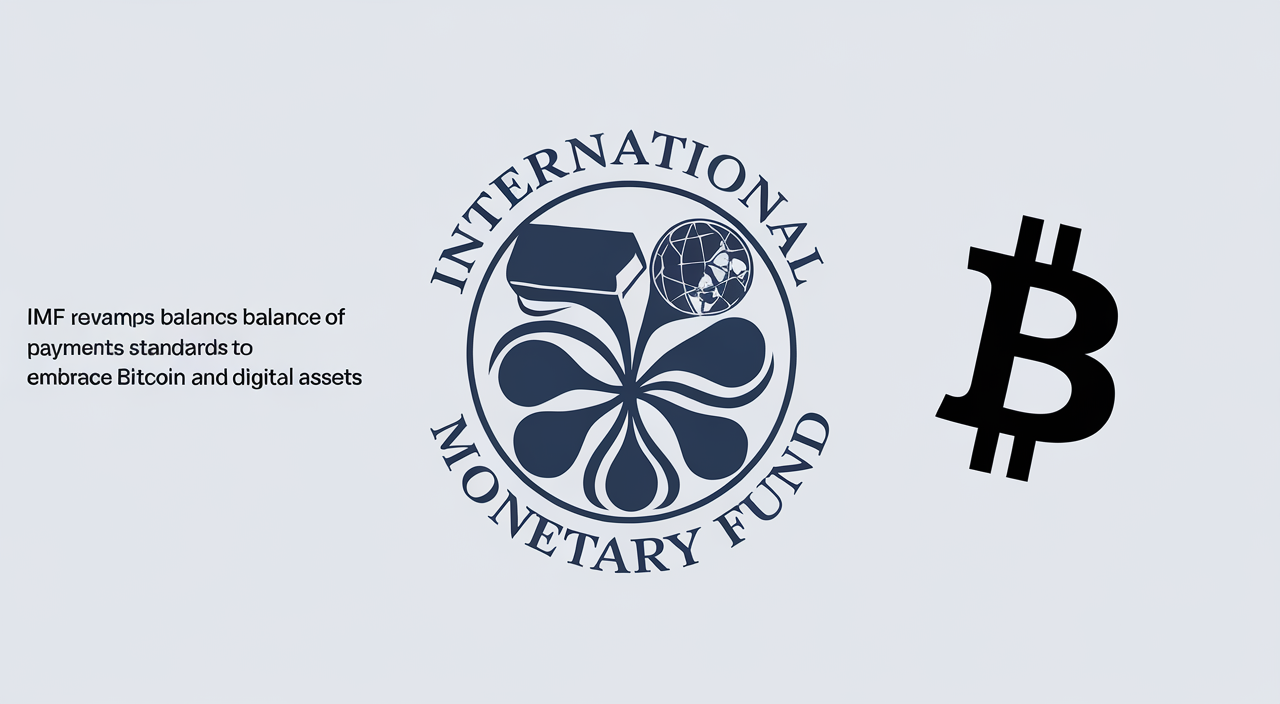The International Monetary Fund (IMF) formally incorporated Bitcoin and other digital assets into its global balance of payments framework through its updated Balance of Payments Manual (BPM7), released on March 20, 2025. This marks the first time the IMF has provided comprehensive guidelines for tracking cryptocurrencies in international economic statistics, reflecting their growing role in cross-border transactions and financial systems.
Under the new framework, the IMF categorizes digital assets into fungible and non-fungible tokens, with further distinctions based on liability structures. Cryptocurrencies like Bitcoin, which lack associated liabilities and function as mediums of exchange, are classified as non-produced nonfinancial assets. Cross-border transactions involving these assets will now be recorded in capital accounts as acquisitions or disposals of non-produced assets. Stablecoins, however, are treated as financial instruments due to their liability-backed nature.
The guidelines also address blockchain-based activities such as mining and staking, categorizing them as services contributing to transaction validation. These will appear under computer services exports and imports in national accounts. Staking rewards could be classified similarly to equity dividends, depending on the scale and purpose of holdings, while equity-like crypto assets (e.g., Ethereum or Solana tokens held by foreign investors) are recorded in financial accounts akin to traditional foreign equity investments.
The update aims to standardize how countries monitor crypto transactions, offering clearer insights into their macroeconomic impacts. By differentiating between liability-free cryptocurrencies and regulated stablecoins, the IMF provides a foundation for harmonized global reporting, enabling policymakers to better assess risks to financial stability. Analysts suggest this move could accelerate regulatory clarity and institutional adoption, particularly as Ethereum and Solana tokens gain parity with conventional equities in international portfolios.
Experts note the IMF’s decision signals a pragmatic acknowledgment of digital assets’ permanence in global finance, even as the institution maintains its stance against granting cryptocurrencies official legal tender status. The revised standards are expected to influence upcoming regulations, particularly in jurisdictions exploring central bank digital currencies (CBDCs) or crypto-linked monetary policies.
Sources:
https://www.ainvest.com/news/imf-recognizes-cryptocurrencies-global-economic-data-2503/
https://www.chaincatcher.com/en/article/2173725
IMF’s Updated Guidelines Mark a Pragmatic Acknowledgment of Crypto’s Permanence
https://www.binance.com/en/square/post/03-22-2025-imf-includes-bitcoin-in-global-economic-statistics-21871213661297
https://coinstats.app/news/6c3da4eb85225cac64f1f9f44060458b285357ddf2f4a85f6a40854b3e8b9c50_Crucial-Step-IMF-Incorporates-Digital-Assets-Guidance-into-Global-Statistical-Standards/



